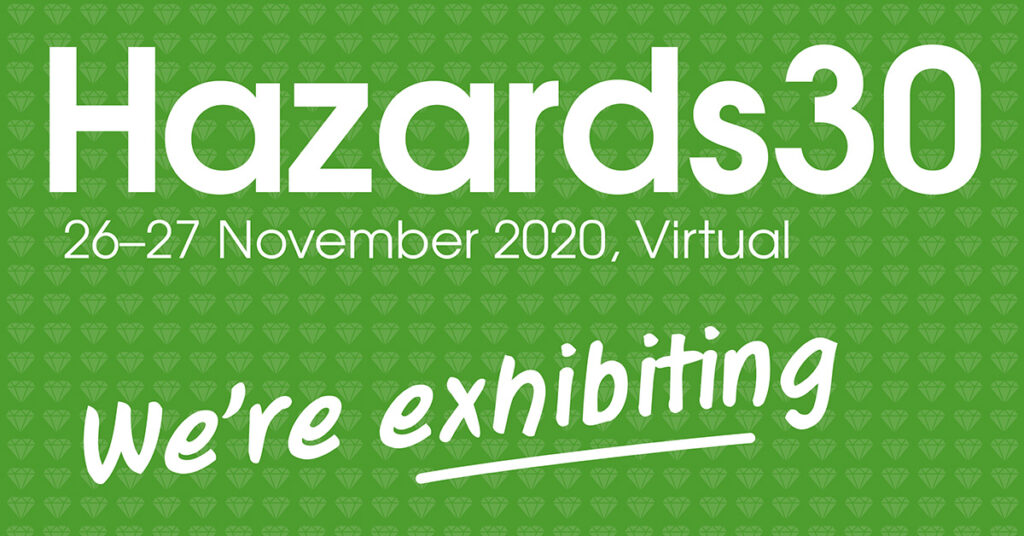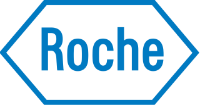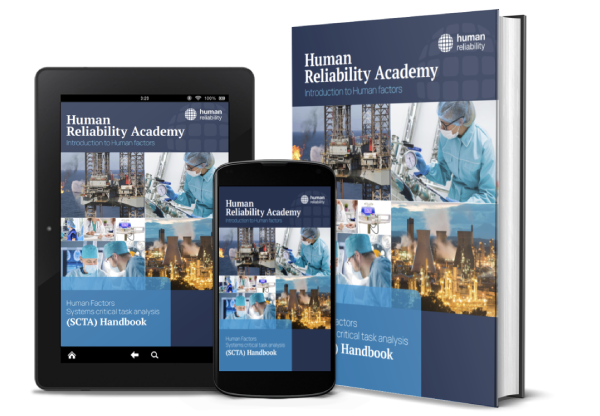We do a lot of Safety Critical Task Analysis (SCTA) at HRA. The company is steeped in its history as David Embrey, MD, published some of the foundational ideas on SHERPA in the early 1980`s, and some of our consultants have been working for decades on applying and developing the methods.
We teach SCTA, we review SCTA work for clients, do SCTA project work, have developed market leading software on SCTA, and publish papers on the methodology.
Whether you call it SHERPA, SCTA, or Human Factors Critical Task Review (HFCTR) there are some core components:
- Hierarchical Task Analysis (HTA)
- Failure analysis
- PIF analysis
The main driver is usually safety, as we are predicting different failures and trying to reduce the likelihood of error. However, we also work with clients who are interested in improving efficiency and quality. Our main client base are upper and lower tier COMAH sites in the UK, interested in the Control of Major Accident Hazards and complying with regulations, but other sectors such as healthcare, medical device design and pharmaceutical manufacturing are also interested in improving human performance from these methods. SHERPA (Systematic Human Error Reduction and Process Analysis) might be a preferred name for it then, even even Systematic Critical Task Analysis (SCTA) if we wanted to stick to the same acronym.
In this blog I wanted to give an overview of a paper that we presented at Hazards30 back in 2020. The paper is titled: `Enhancing the Performance of Safety Critical Task Analysis: The Goldilocks Problem and Marginal gains`. The paper builds on some prior work we presented at the 29th European Safety and Reliability (ESREL) Conference (Hannover, Germany, 22 – 26 September 2019).
Both papers look at the performance variability of SCTA in practice and think about the methodology from a systems perspective.
By performance variability we mean that SCTA is not conducted uniformly, sometimes it is more successful than others, and what influences this variability in performance in different contexts?
By a systems perspective we consider SCTA as not just as a technical deployment of the methodology, e.g. by looking at the best practices of HTA and what different failure modes should be considered, but also the configuration of people, processes, artefacts and tools that will best achieve the required results.
- How should the SCTA process be configured?
- How should SCTA workshops best be conducted?
- How does one build rapport and create a space for sharing knowledge quickly?
- What technology can help save us time?
- How can we best deploy our analysis time and resources to get the most from the process?
Our Hazards30 paper engages with such issues using the lenses of `marginal gains` and the `Goldilocks Zone`.

‘Marginal gains’ was a process popularized by the British cycling team. They looked at trying to gain small improvements in performance, 1% here and there, which would add up to a significant advantage. For example, looking at diet, bed linen and pillows to help get a good night`s sleep, footwear, clothing, aerodynamics, etc. This leads us to look at major and marginal gains and how these can positively effect performance variability, e.g. creating a presentation to kick-off the workshop so everyone understands why we are there, importing existing procedures straight into the Human Factors Risk Management tool software tool, doing a preliminary analysis to reduce the time needed for the workshop, and doing a graphical HTA to enhance engagement and feedback. We cover more in the paper but what major and marginal gains can you think of?
The Goldilocks Zone is something I came across in a family outing to the Greenwich Observatory. It is the zone in a solar system that is capable of holding life sustaining planets, which are neither too hot nor too cold, i.e. they are just the right distance from the sun (as was the case with one of the dishes of porridge in the Goldilocks and the Three Bears story). The planning of SCTA needs to balance the speed and costs of applying the process against the primary objective of performing a sufficiently comprehensive analysis to minimise the risks arising from human error. This is sometimes referred to as an Efficiency / Thoroughness Trade-off.
We have engaged with clients to review their SCTA processes that have been insufficiently thorough, e.g. who omit a full HTA, only consider a limited set of failure modes and are too convergent in their style of handling the workshop consensus group. We have also engaged with clients who have arguably been too thorough, e.g. who have done a full HTA even for low risk tasks, considered the full set of failure modes for every step, and analyse a full set of PIFs for every failure mode. Here we can start to think of a spectrum and reflect on ways to try and find the right balance between these extremes, hopefully making efficiency gains without losing quality.
We include a recording of our presentation at Hazards30 here: https://youtu.be/uiPcFyQMalg
Check out our flagship SCTA course if you’d like to learn about our platform, how we conduct Safety Critical Task Analysis (SCTA), and practical hints and tips: https://the.humanreliabilityacademy.com/courses/human-factors-SCTA














